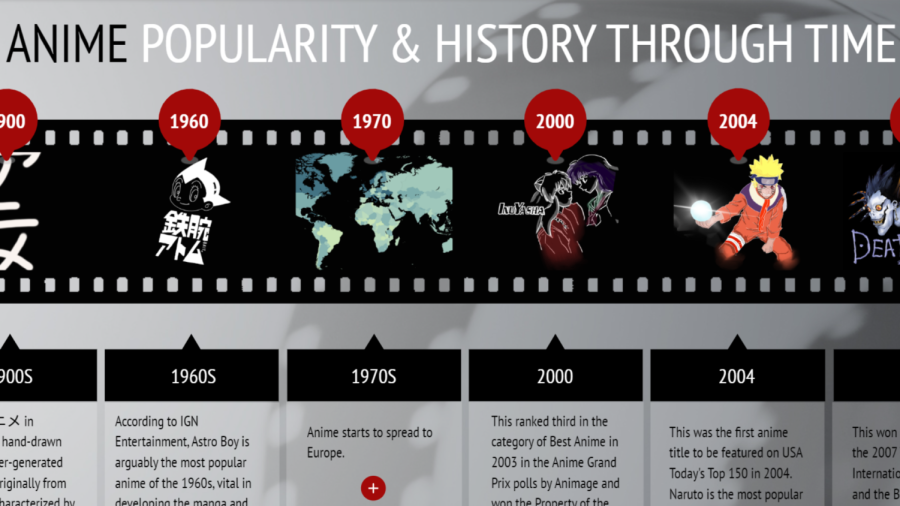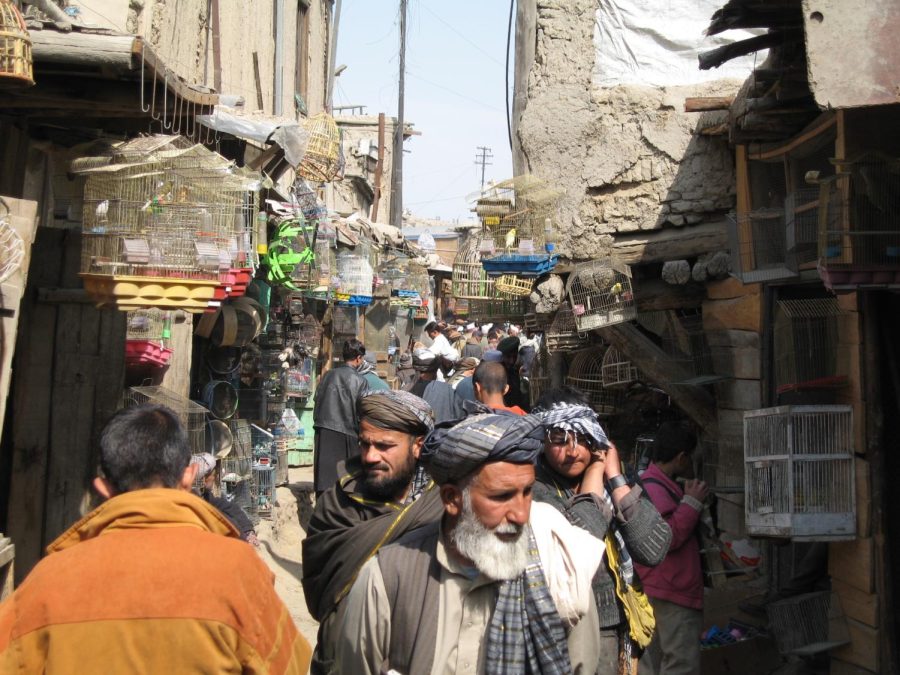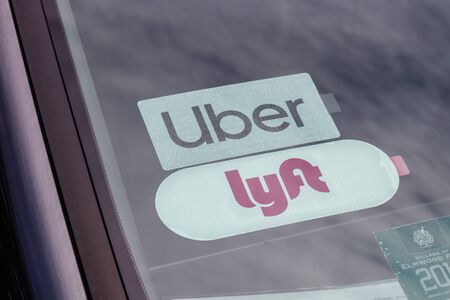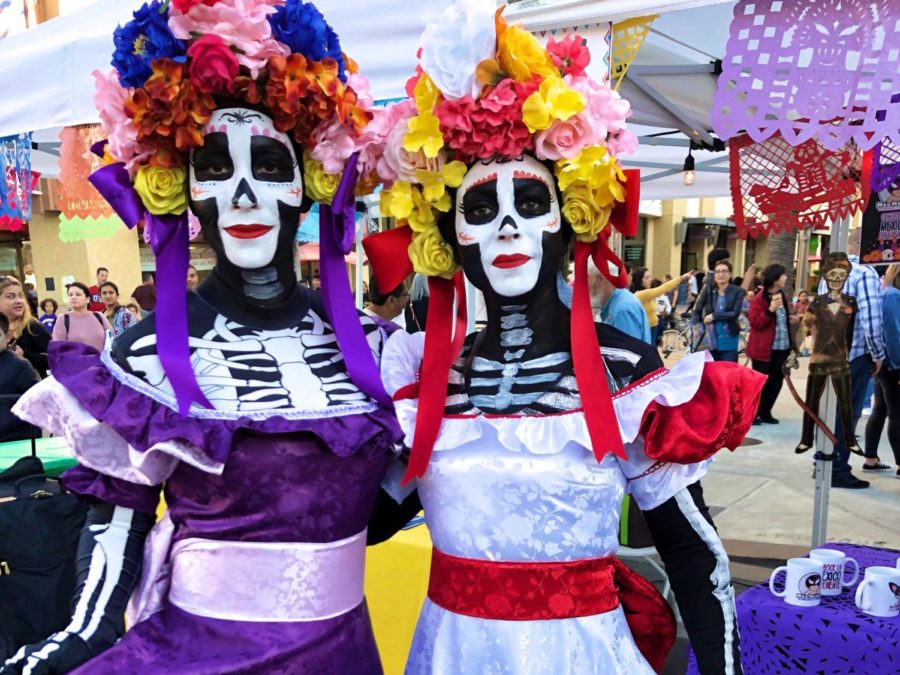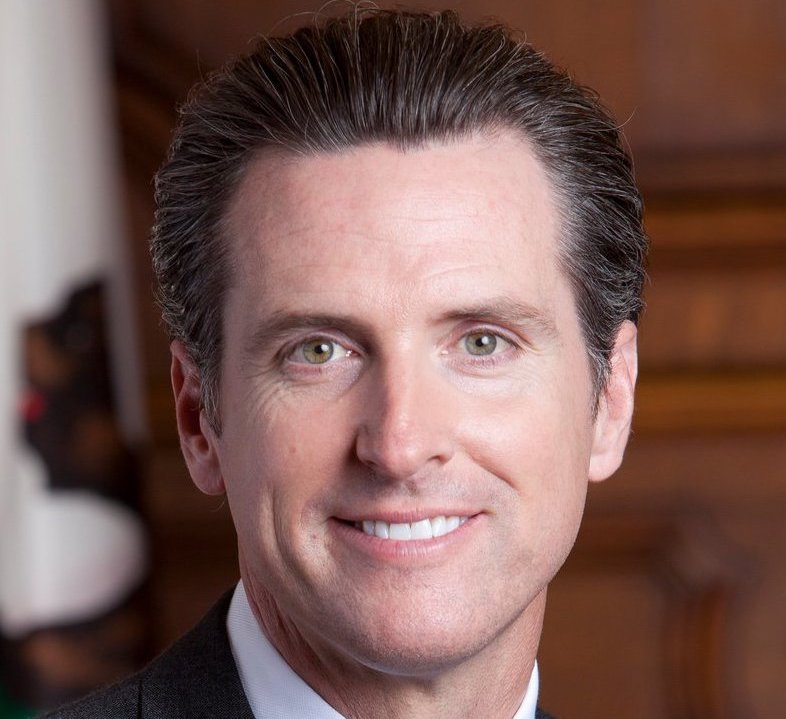With the abundance of social media network sites such as Facebook and Instagram, some are concerned whether these types of media students interact with every day are harming their academic performance.
“I’m always on Facebook, Twitter, Tumblr and YouTube listening to K-pop songs, checking out new posts from K-pop stars and chatting with friends while doing homework,” stated junior Iris Choi.
Although most students are completing their homework, some open multiple internet browsers for Facebook, Instagram and Tumblr, constantly checking for a friend’s or celebrity’s new status or photo update which prevents them from completing their homework in time.
Some argue that social media sites such as Google and Twitter have allowed students to research more efficiently and communicate with each other for school projects and assignments at home, without meeting outside of school or in a public area. These websites have also allowed the rapid flow of information to a large group of people.
Several Carlmont students have created Facebook pages for club meetings and classes to interact with their peers. Students also use these pages to ask for homework questions or what assignments they missed.
“Facebook and YouTube can help me with school work because if I forget to write down the homework assignment or need help, I can always ask one of my ‘friends’ to help me or look up a tutorial video,” added Choi.
Some teachers at Carlmont use social media platforms such as Facebook and YouTube to post homework assignments and lecture videos for their students to use and even text their own students to remind them about upcoming tests or projects.
“Last year, my biology teacher had us sign up on this site and homework and project alerts were sent to our email or phones. Personally, I think it’s a good thing, because my friends can help me with homework, but there are many times when I got distracted and ended up staying up late to finish my homework,” stated sophomore Catherine Sue.
Additionally, some believe that the Internet and search engines have had impact on students ’research skills and allow students to discover new things. With the click of a button, students can look up information for any topic or current news worldwide.
“The social media is a great way for students to create a virtual study group, especially before AP [Advanced Placement] tests. Students can easily find test preparation questions to prepare for these tests as well,” commented AP U.S. History teacher Jaime Garcia.
Students have also found that the social media is an easy way to access answers to homework problems or summaries of books, such as Sparknotes. This has caused discontent among teachers over whether students are honestly completing their homework, or plagiarizing outside sources.
“I sometimes use Sparknotes or other websites for help or to summarize a book just to make sure I didn’t miss any important details,” stated junior Grace Gowen.
While social media has its educational benefits, some argue that negative side effect is beginning to take hold in the students’ academic performance.
Common Sense Media, a think tank focused on children’s media use, polled 685 public and private elementary and high school classroom teachers in the United States on how children’s increasing use television and computers and other forms of of media is affecting their performance in school.
The study found that 71 percent of teachers polled said students’ media use hurts their attention spans in school, while 59 percent said students’ use of entertainment media has also harmed their writing skills and ability to communicate face to face.
Some argue that students’ lack of sleep is caused by staying up too late visiting social media sites and therefore have difficulty in being successful in the classroom. According to the National Sleep Foundation, high school students needs eight to nine hours of sleep to perform well at school.
However, the average teenager only receives around six hours of sleep per night.
“I end up staying really late every single night because I’m tempted to stay up to watch dramas and the Facebook notifications distract me from doing my work,” said Choi.
Similarly, some have noted that their academic performance and study time have been influenced by the action of multi-tasking while trying to complete their homework.
“I believe that social media can be a distraction when doing homework. It becomes a threat when students don’t have enough willpower to focus on their work. I get distracted by Facebook notifications and it prevents me from completing my homework in time,” added Sue.
Additionally, cyber-slang, a term used to describe shortcuts, alternative words used to convey thoughts in an electronic document, can be easily found by browsing the public pages of a social media platform like Facebook or Twitter. Because some digital media sites limit the number of characters an author can use at a time, some students are becoming more creative to get the most out of their limited space by using cyber-slang to express their thoughts. For example, students may use words such as “ttyl” and “gtg” instead of typing out the full words “talk to you later” or “got to go.”
As a result, common cyber-slang terms that have made their way into popular speech. This has caused concern among some teachers in regards to how the social media is damaging students’ writing and communications skills.
“When I’m grading students’ essays, I find that some are using colloquial terms or abbreviations in their writing. I remind my students that no text language or slang terms that they regularly use on social media sites should be present in a formal essay. Students should always use formal language in writing. It’s a standard rule,” added Garcia.
Although the social media has its positive and negative influences, some believe that it is one’s choices that can impact the use of it.
“There are many uses for social media. It can be both a distraction and a tool. But, it really comes down the person as to how he or she decides to use and control the amount of time they spend on these social media platforms,” commented junior Sai Srimat.
Despite the opposing views over the impact of social media on students, students will continue to integrate these forms of media to interact, exchange and explore new ideas with their peers in their daily lives.

